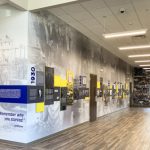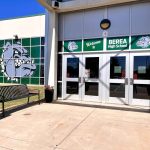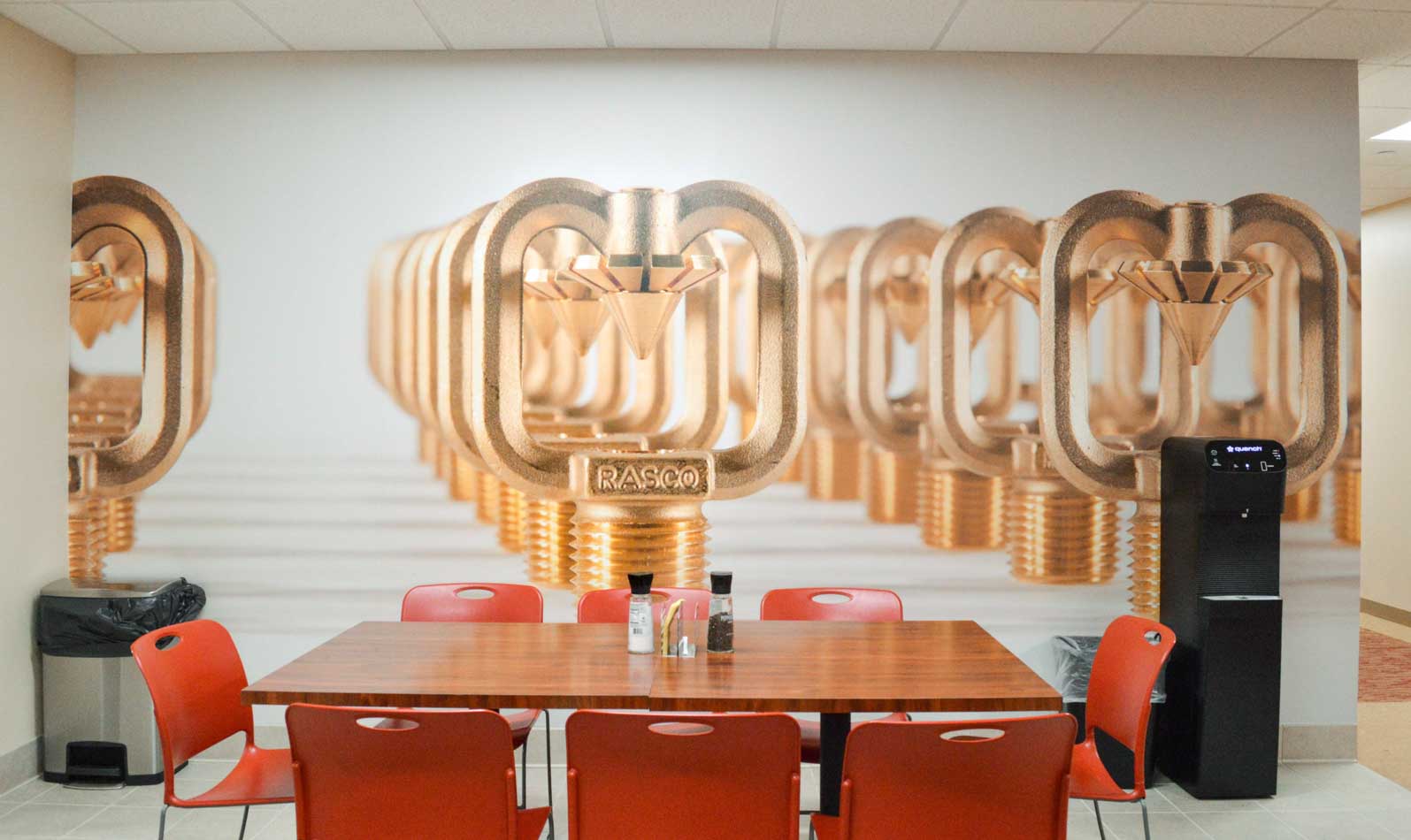
What is Experiential Marketing?
FEBRUARY 21, 2023| kaylarCategories
UncategorizedExperiential marketing is a tactic businesses have used for many years, dating all the way back to the earliest days of local markets in the first towns and cities. Merchants set up shop in the square and displayed their wares while telling their would-be buyers all about their product. These sellers wanted passersby to experience the product and realize their need for it.
At its heart, experiential marketing pulls customers into a physical, emotional interaction with a brand. In our modern era, this process goes by many different names:
- Event marketing
- Participation marketing
- Engagement marketing
- On-ground marketing
- Loyalty marketing
- Live marketing
Ultimately, experiential marketing connects customers with a brand in a tangible way, reaching people in a way that online, television, direct mail or radio can’t. A large part of the emotional response experiential marketing produces comes from the physical components a business (or brand) displays. High-quality large format graphics help you communicate your intended cognitive, emotional and sensory values to your audience without you having to say a word.
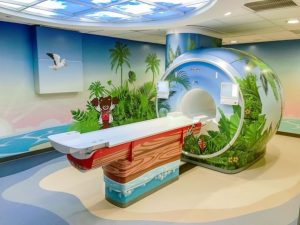 Experiential Marketing Types
Experiential Marketing Types
The concept of environmental, or experiential, graphic design is not new, but it has grown in importance as a way to differentiate how a consumer encounters your advertising. Gensler Research Institute released a study in 2017 which shows that consumers share experiences involving memorable environmental graphic design up to ten times more often. Those same people also tend to rate their experiences in well-designed venues two times higher than experiences in places considered poorly designed.
The Gensler Institute goes on to define various “experience modes” that guide a consumer’s interaction. These “modes” indicate why a customer might choose to interract with your business.
Experience Modes
- Task — a scenario when guests are focused on accomplishing a singular goal (conference center, workplace).
- Social — guests go out to enjoy a good time with friends or family (restaurant, club).
- Discovery — guests explore and actively seek new experiences (mall, museum).
- Entertainment — guests engage in a fun, audience-based activity (concert, movies, sporting event).
- Aspiration — guests try to better themselves in some way (fitness center, classroom).
Your customers’ expected experience mode differs based on your business model. Once you understand the “why” behind your customers’ interactions, you can begin to cater your marketing to deliver the desired experience. The effectiveness of a given experience mode is determined by how well a marketer applies certain environmental factors.
- Beauty — how pleasant is your environment aesthetically?
- Clarity — is easy it for your guests to grasp what you’re communicating?
- Novelty — how is the your business’ experience different from other similar businesses?
- Welcoming — is your space comforting (and comfortable) for all guests?
- Authenticity — how honestly does your space speak to your brand’s mission?
- Inspiration — how well does your space motivate guests to “take the next step,” whatever that may be?
Experiential Marketing Strategy
Any type of marketing is all about strategy. You have to figure out the right method to deliver the right message and call to action to have the right impact on your target audience. And, don’t forget keeping your branding and brand goals first and foremost. So, what can a marketer do in order to ensure an optimized experiential marketing strategy? Here are a few steps to consider:
- Analyze how customers currently experience your brand across all avenues and determine what works best. Experiential marketing can take the form of a one-time event, a timeline wall display or a simple wall mural. The opportunities are endless.
- In our technology driven world, it makes sense to prioritize the integration of online and offline experiences. Even if your experiential campaign is offline, connecting with consumers in an online capacity helps keep their attention befpre and/or after the experience.
- Determine your brand’s value propositions to both external and internal audiences, and make sure all aspects of your brand and message are aligned.
- Identify the types of printed or digital material that can be used to enhance the intended experience (displays, signage, etc.). Your display should be unique to your business, so think out of the box!
- Set performance goals (KPIs, key performance indicators) for the event. If your goals are long term, set up a plan to follow up or monitor them.
Experiential Marketing Results
When executed well, experiential marketing leads to an enhanced relationship between brand and customer. Although not all leads can be traced back to the specific experience, you should be able to see a general increase (or decrease) of leads and interractions after implementing your strategies. Some general results that come from experiential marketing include:
ROI
Marketing strategies are all about the return on investment. For instance, say you want to wrap your fleet with logo graphics, but you’re only able/willing to invest in door and tailgate decals. However, your competitor wraps his entire fleet head to toe with a unique, memorable wrap design. Which vehicle branding do you think will be more memorable? While sometimes your budget won’t allow you to do as much as you may like, even the smallest investment will be worth it.
Generate Interactions
For some businesses, experiential marketing encourages customers to use or interact with a product in-store. For others, experiential marketing may include immersing visitors with timeline wall displays or environmentall wall murals. These tactile interactions are major drivers for the creation of memory and emotional connection to your brand. While big branding increases the number of interactions, smaller-scale experiential marketing tends to encourage deeper, more meaningful brand-to-customer connections.
Improved Brand Recognition
Tying experiential marketing into your business decor creates an impact on your customers. The more a person interracts with your branding, the more aware they are of your products and services. When a brand is selling a service or value, experiential marketing can be extremely helpful in getting your pitch in front of as many people as possible. This ultimately leads to a boost in brand recognition.
Buzz Building
Often hand-in-hand with brand recognition is the process of building buzz among your audience. Both existing customers and potential customers can be affected by experiential marketing in a way that increases their excitement for a brand’s products, both old and new. This buzz can grow and extend to the wider customer base.
Improved Connection
This comes down to a “believability quotient.” When customers see and experience your product firsthand (or even hear about it from a trusted source), they are far more likely to retain positive feelings about your brand.
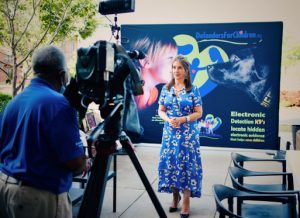 Printed Materials for Effective Experiences
Printed Materials for Effective Experiences
Effective experiential marketing requires a combination of good planning to map the journey your audience should take and high quality graphics to accompany that journey. Marketing campaigns typically combine a number of media, from brochures to monogrammed pens, vehicle magnets to full vehicle wraps, tradeshow table throws to standing retractable banners.
The type of branded graphcis you use depends on your overall marketing goals. For instance, if your goals are to get thousands of general impressions to grow brand awareness, consider vehicle wraps or billboards. If you’re wanting to hand out more detailed information in a personalized setting, try brochures, signage with QR codes or standing displays.
SpeedPro specializes in large format printing, though we can certainly aquire smaller format items for established customers. Some large format marketing materials include: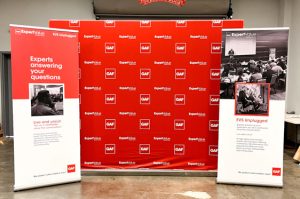
- Tradeshow graphics: retractable banner stands, fabric backdrops, table throws and silicone edge graphics.
- Event graphics: table throws, feather flags, canopy tents with walls, temporary vehicle wraps and a-frames.
- Environmental graphics: wall murals, wall decals, dimensional letters, acrylic displays and canvas prints.
- …and much, much more!
Once you have an idea of what types of graphics will best help you reach your goals, don’t hesitate to reach out for a free quote! We’ll work with you to make sure your branding stays consistant across any and all formats.




